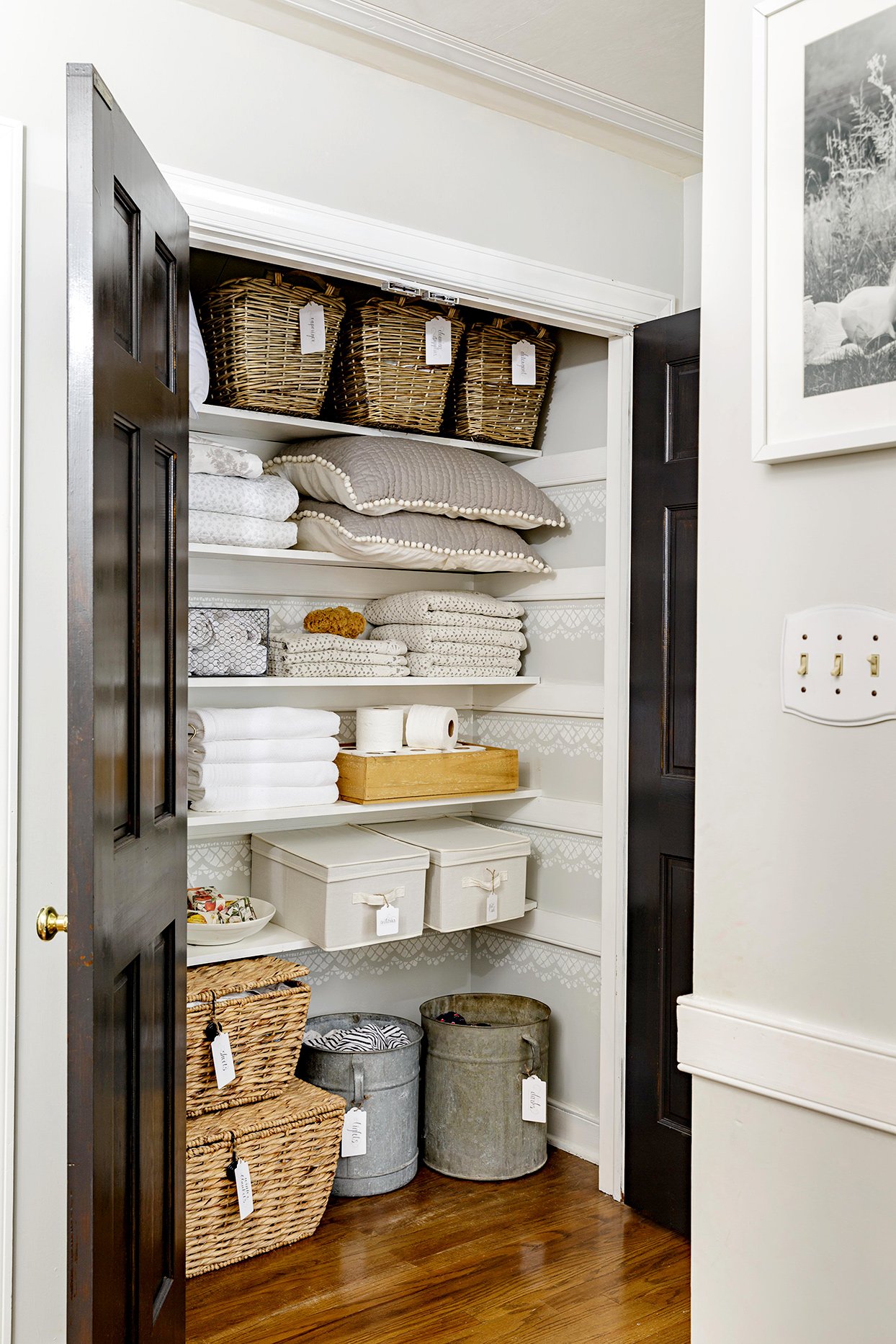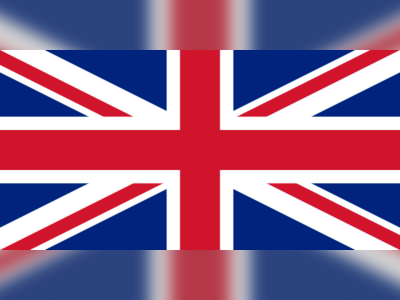
6 Swedish Death Cleaning Tips to Help You Tackle Your Home's Clutter
Although its name might invoke visions of the afterlife, Swedish death cleaning has more to do with decluttering than anything spooky. The home organization method comes from the Swedish concept "döstädning", a combination of the words death (dö) and cleaning (städning). And while the idea is certainly related to one's passing, it’s also very much about making life a bit easier for you and those you love.
What Is Swedish Death Cleaning?
In The Gentle Art of Swedish Death Cleaning: How to Free Yourself and Your Family from a Lifetime of Clutter, ($16.99, Barnes & Noble), Margareta Magnusson introduces the world to the Swedish concept of death cleaning. She explains this as a process to “remove unnecessary things and make your home nice and orderly when you think the time is coming closer for you to leave the planet.” It’s about taking time, while you have it, to appreciate your stuff—and then get rid of it.
The ultimate goal of death cleaning is to reduce the time and effort spent decluttering by the people you leave behind. Having less stuff eases the burden of loved ones who, already grieving, must also deal with your things. Swedish death cleaning is not a quick fix but an often difficult and time-consuming process.
Somewhere “between eighty and one hundred,” the author was in the thick of her own death cleaning as she wrote the book. Her approach is both instructional and inspirational, humorous and practical, covering topics such as handling home furnishings, heirlooms, and personal mementos, as well as dealing with secret vices, pets, and “the perils of man caves.” Throughout the book, her storytelling demonstrates a major takeaway: that it is not sad to death clean. Instead, it's rewarding to spend time with the things you have and to reflect on how an object came into your life.
While death cleaning at its core is about preparing for death, it does not solely apply to those who are nearing the end of their lives. Magnusson is quick to identify that the concepts of Swedish death cleaning can actually occur many times throughout one's life, including at the end of a relationship, when downsizing, or taking care of what remains after a family member’s death.
Decluttering Strategies from Swedish Death Cleaning
Swedish death cleaning is also about simply deciding what you don’t want any more. While rooted in preparing for the inevitable future, she points out that death cleaning can-and should!-be about making life easier and more efficient in the now. The following death cleaning advice is practical for your own home decluttering needs, too.
1. Know When to Begin
Magnusson says that 65 is a great age at which to start death cleaning. You want to still be physically able to tackle the work but also have time to invest in it. She also references some signs that it might be time for you to begin decluttering. When you can’t close a drawer, fit another item in your closet, or you’re grateful someone canceled plans because you just didn’t have it in you to make your place presentable, it's time to start decluttering.
2. Start with Simple Tasks
Quick success can be motivational, so make your first foray into the process of death cleaning relatively easy. Magnusson advises starting with large and impersonal things, like furniture, and finishing with small, nostalgic items like photographs. A lifetime of personal correspondence is harder and more time-consuming to evaluate, and you don’t want to be immediately overwhelmed by sentiment or the sheer volume of items. Instead, tackling things already forgotten or in storage, for example, sets you up for an easy win. Magnusson typically starts with clothing because you almost always own more than you need. And in the case of death cleaning for someone else, it’s easy to give away.
3. Recognize What to Discard
The most important objective of Swedish death cleaning is to get rid of stuff. To evaluate what should stay or go, use the following guidelines:
Evaluate Abundance: A key tenet is getting rid of excess. For example, keep dishware that matches the number of people you can entertain in your space. Service for 12 in a home that will only entertain eight is unnecessary. Try starting with these 11 things you should consider purging from your closet.
Assess Value: Is there something you forgot you had or don’t remember what it is or where it came from? Have you walked by something every day but never really noticed it? If the value of that item isn’t there anymore, say goodbye.
“Will someone be happier if I keep this?”: It’s a simple but powerful guide for looking at what you have. If the answer is yes, it might be better to share the item with that someone now rather than put it away and leave it to be dealt with later.
4. Ask for Help
Simply telling people you’re death cleaning (or downsizing) may not only help with accountability, but it’s also a great way to allow others to offer help or ask for things they’re interested in. When it comes to asking for help, Magnusson strongly advocates for being conscious of others’ time. Whether you’re seeking physical labor, asking a nephew if he wants some tools, or getting an appraisal of a collection, be prepared with specific questions and images of the items.
5. Get Rid of Your Things
Donating, selling, and throwing away are all common methods for disposing of items after Swedish death cleaning. Magnusson mentions there are often a lot of questions around donating, so make sure to do your research first.
Gifting is an alternative to keeping sentimental items you don’t need but can't bear to see go to a donation bin. Magnusson's mother-in-law bestowed things to the family over time. She was not only able to connect with loved ones through meaningful gifts while she was alive, but it also meant that when she moved into a smaller place, she had already cleaned out many things. But Magnusson cautions against offering items that don’t fit someone’s lifestyle or personality. Be considerate of the other person in your gift-giving, and don't take offense if someone says no or does not keep an item.
6. Save What Matters Most
A box labeled “throw away” is a key to successful Swedish death cleaning. When asking yourself, “Will someone be happier if I keep this?” remember that someone can be you. This is the place you can put personal things that have value to you alone and that you want to keep, but at the same time signal to others (or future you) that they can be donated without guilt or hesitation.










